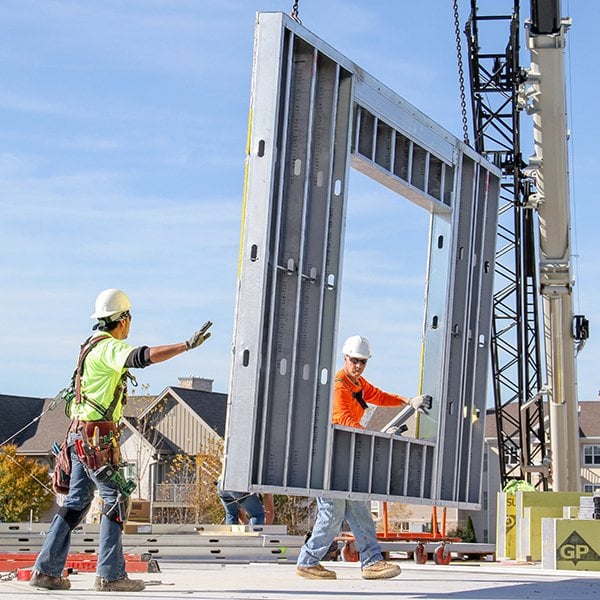Homes made of prefab materials have seen a dramatic change from the prefab homes Sears sold through their catalog. This new generation of architects and homebuyers has ignited an era in the industry of popular prefab walls that is based on imagination and spirit.

This has led to a range of modular homes with modern designs that challenge the conventional notions of prefab homes was created. The boxes that are boring are now beautiful inexpensive homes that are personalized to meet the degree of individuality you desire.
The word "Prefab House" can mean various designs and styles of construction. In general, prefabs are constructed in one place and then transported to a building site for assembly. The types of prefab homes are modular, panelized, precut, as well as made or portable.
The homes are manufactured in a factory, so they are extremely precise in their measurements and each house is sealed well to conserve energy and also save homeowners thousands of dollars every year. The majority of prefab homes meet or exceed those of the U.S. government's Energy Star standard. This means that they consume at least 20 percent less energy than conventional new houses.
Modern customers are demanding aesthetic innovation and personalization. This is fueled by advancements in prefab construction technology. Companies are exploring designs such as solarized floating houses and cliffhanger houses and sloping hillside houses and suspended homes, as well as prefab igloos, as well as pod homes.
In terms of owner involvement in the assembly of a prefab house, panels or pre-cut are the most DIY comfortable.
The homes that are panelized are constructed similar to furniture you would find in your home. The panels are pre-built using framing and insulation, drywall, and siding. The walls are equipped with tubes for wiring for electrical purposes and plumbing, which can be placed on the property.
The panels are designed to be precisely positioned. The panels are manufactured at the factory, on an assembly line, and later placed on a flatbed trailer to be transported to the home-site. On the site, floors are moved on the foundation using the help of cranes.